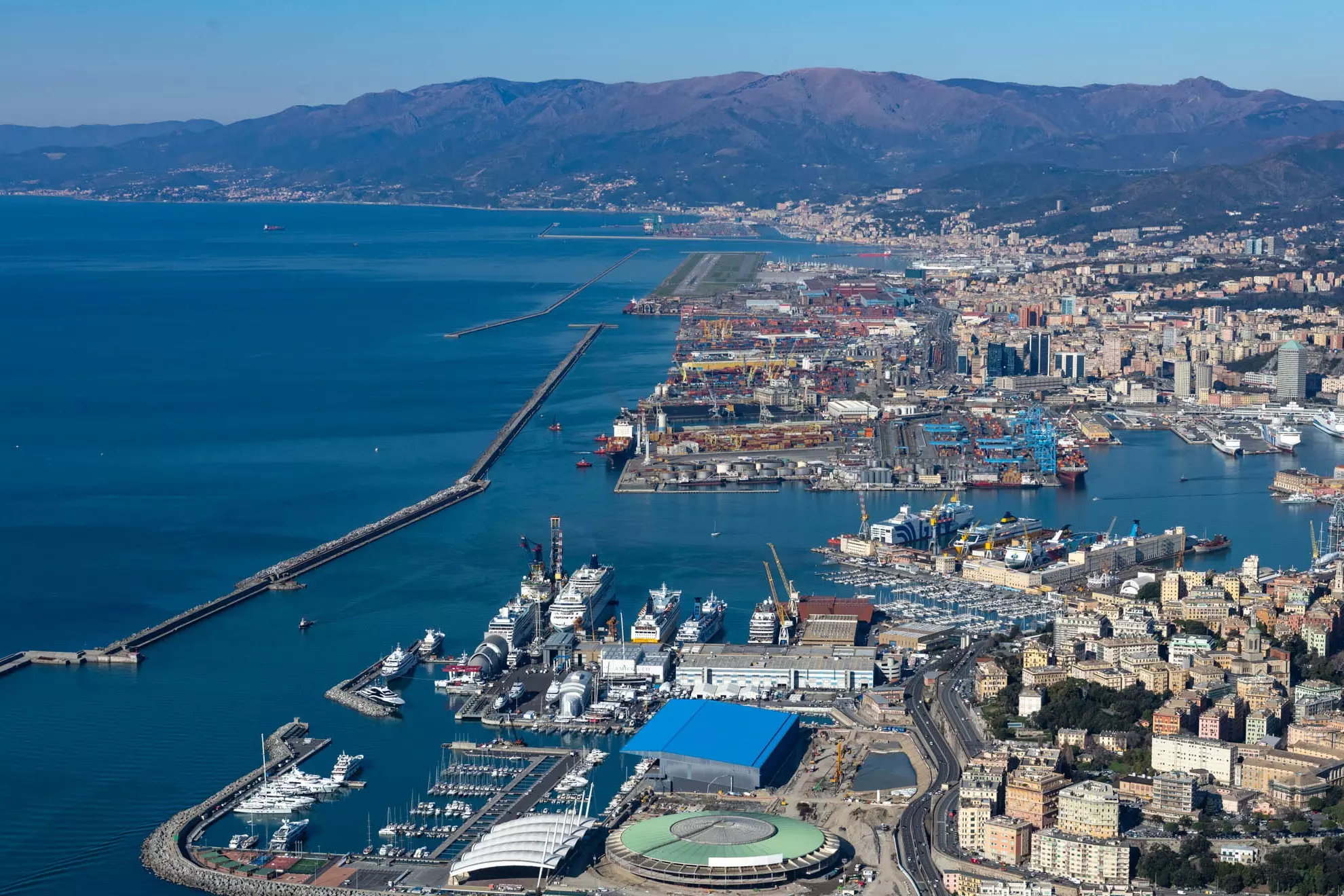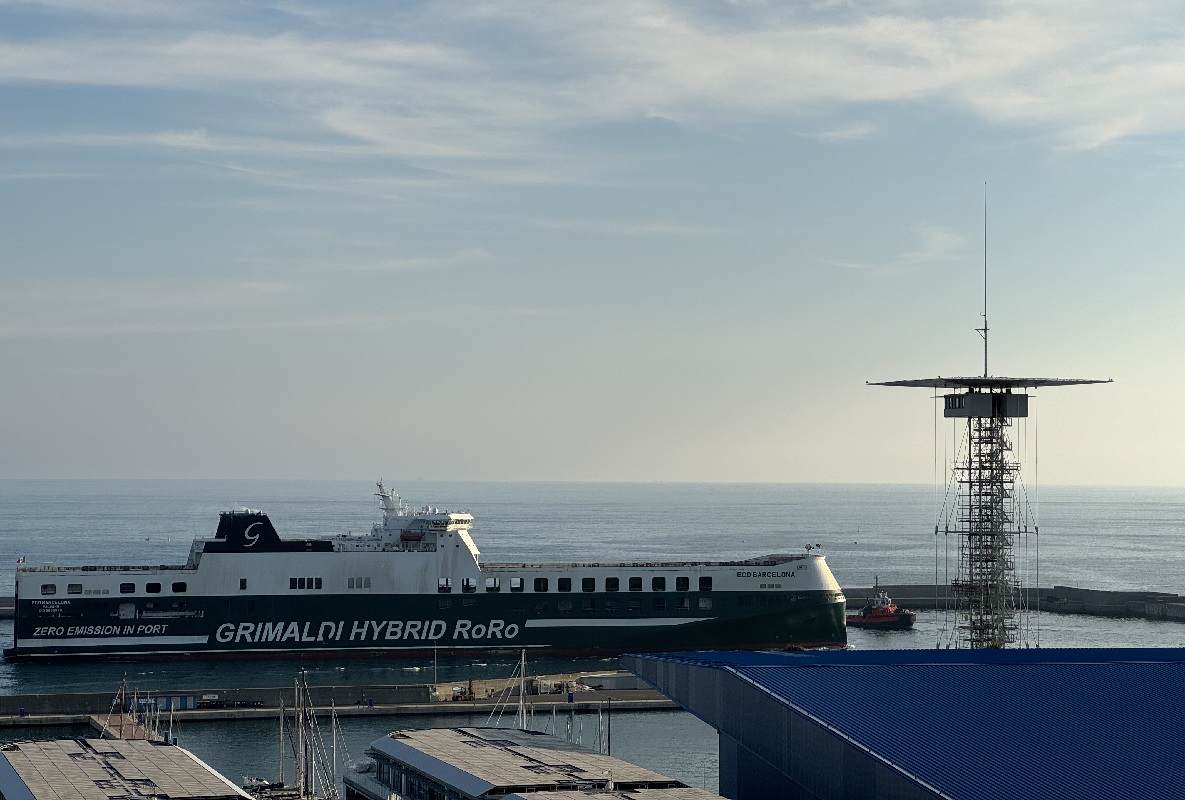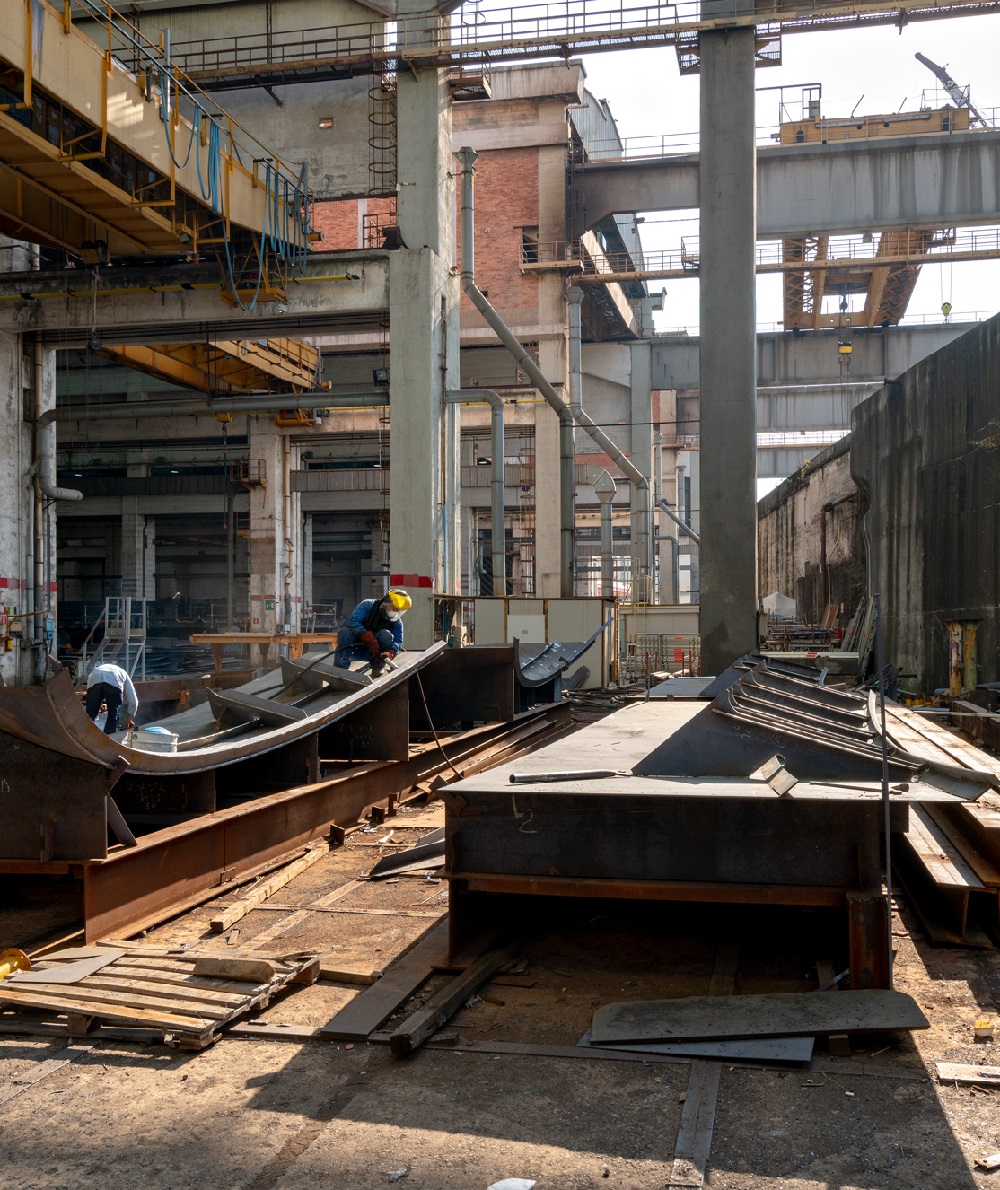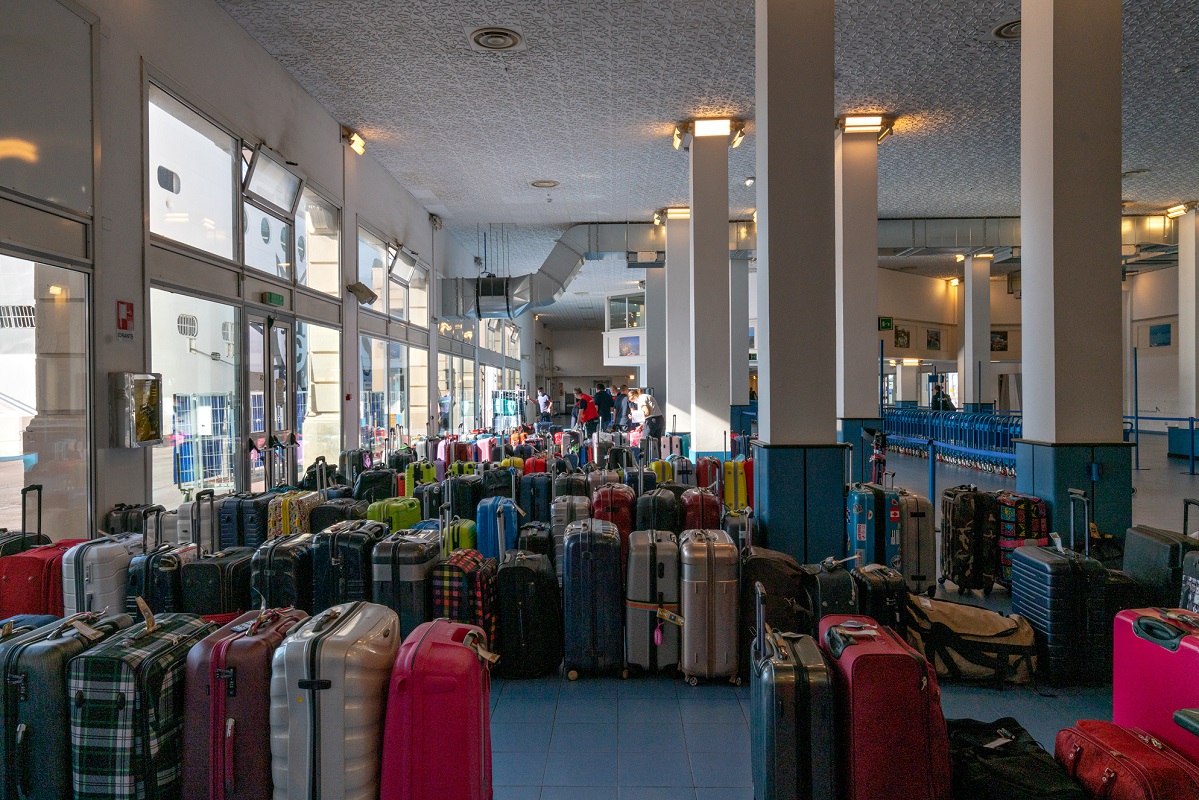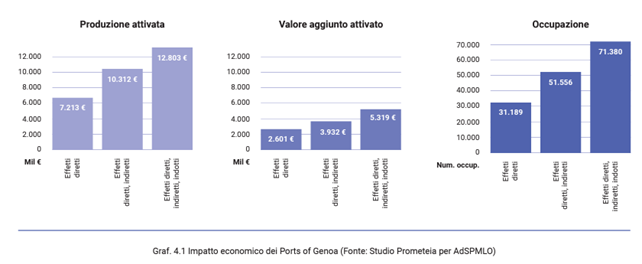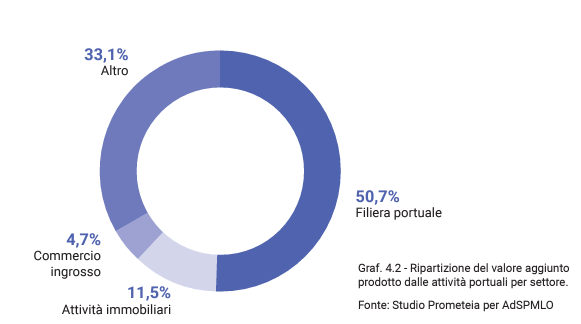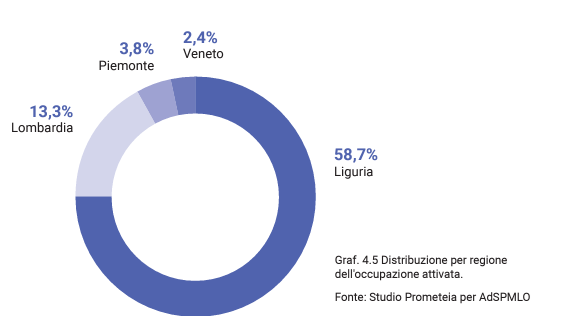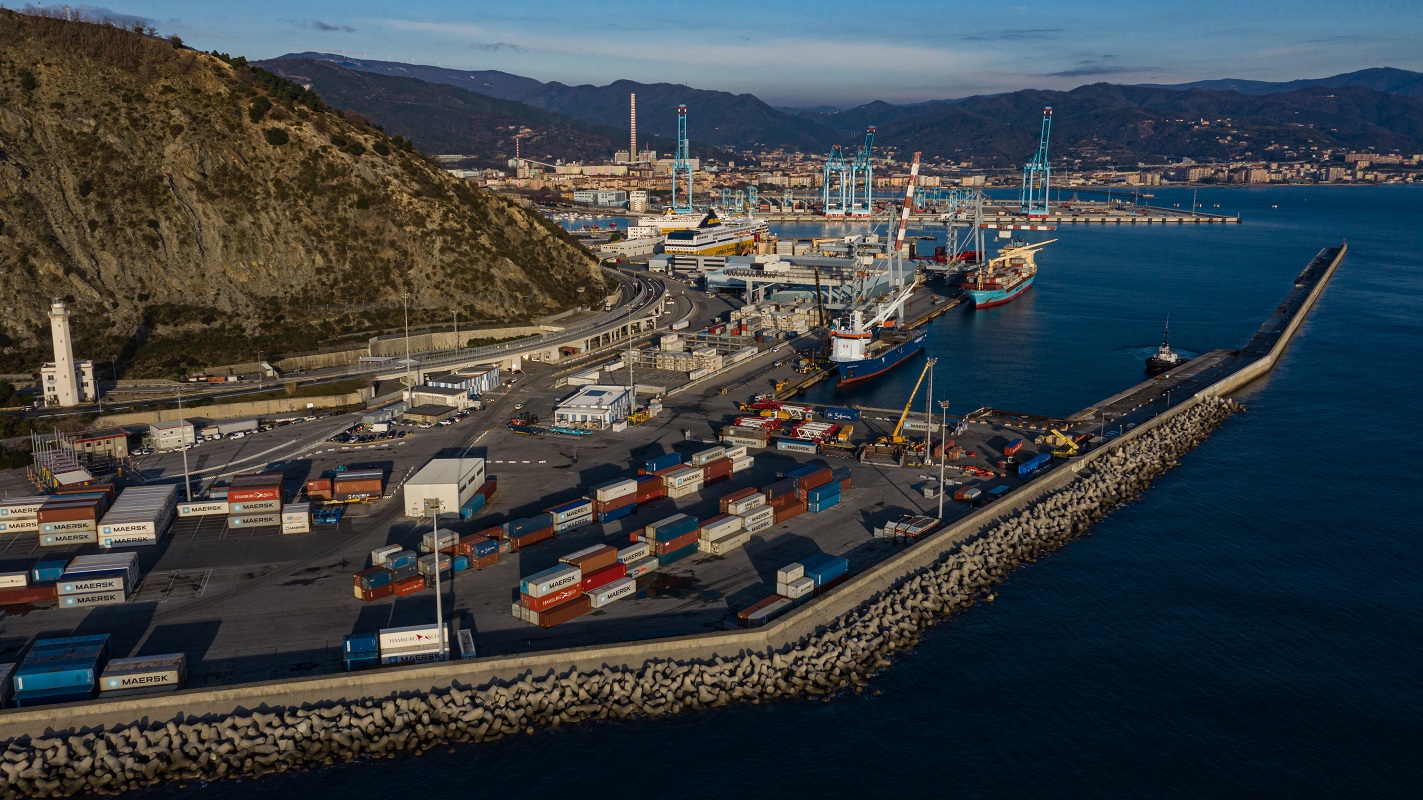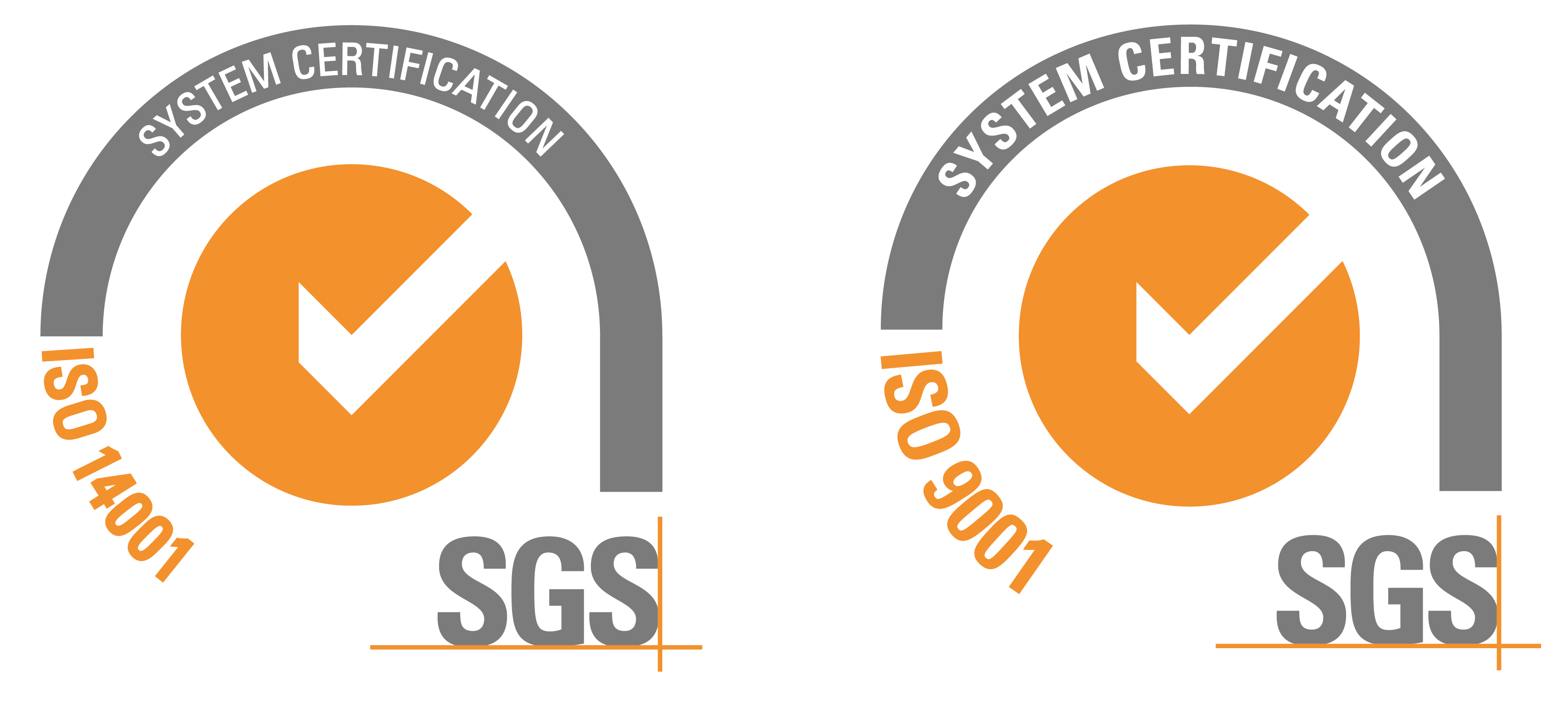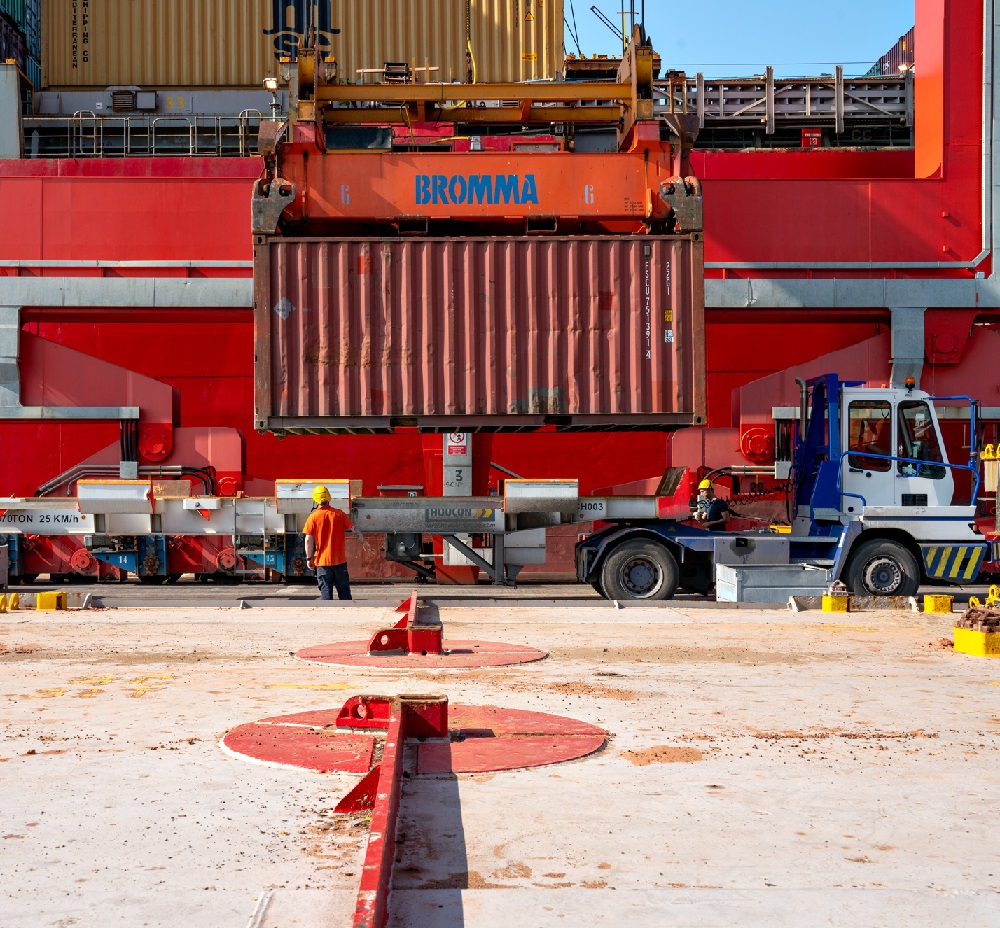
Economic and Social Impact
Prometeia Study 2016-2020
The Ports of Genoa rank as the pre-eminent Italian port range in terms of throughput, commodity diversity and productivity and, play a strategic role as the modern logistics platform serving Italy’s manufacturing and consumer heartland and as a major direct contributor to social and economic benefits across the country.
The Western Ligurian Sea Port Authority governs the Ports of Genoa, Pra’, Savona and Vado, which serve as leading maritime hub for the import/export of goods, in support of the Italian supply chain and manufacturing industry. Port handling operations represent the core activity, with an economic impact which extends far beyond the local community and generates beneficial spill-over effects throughout the entire nation.
